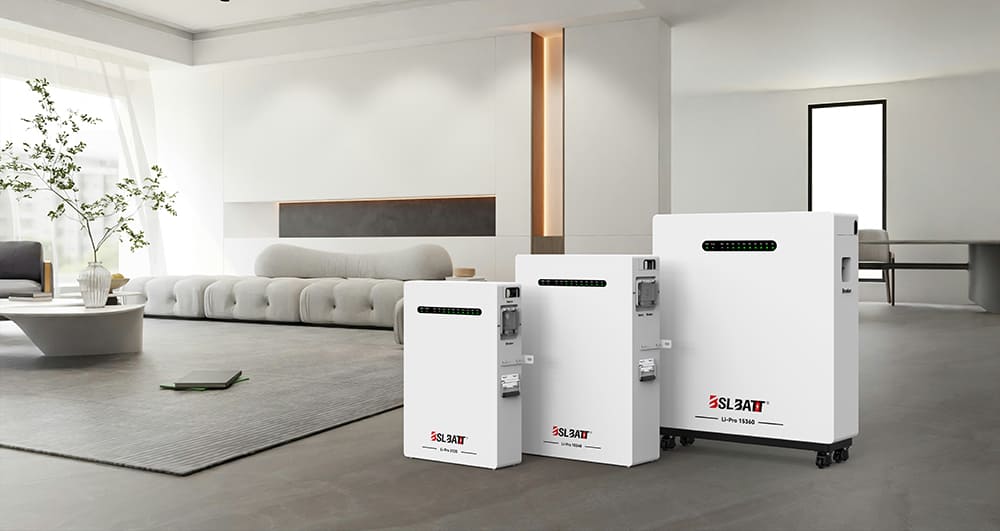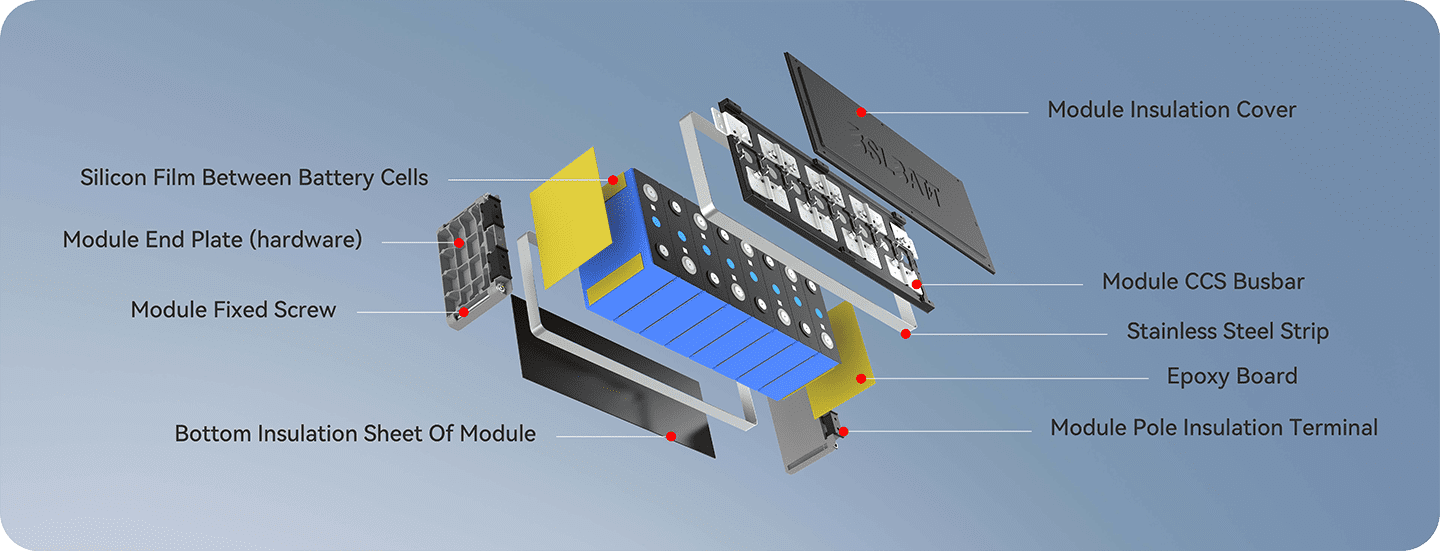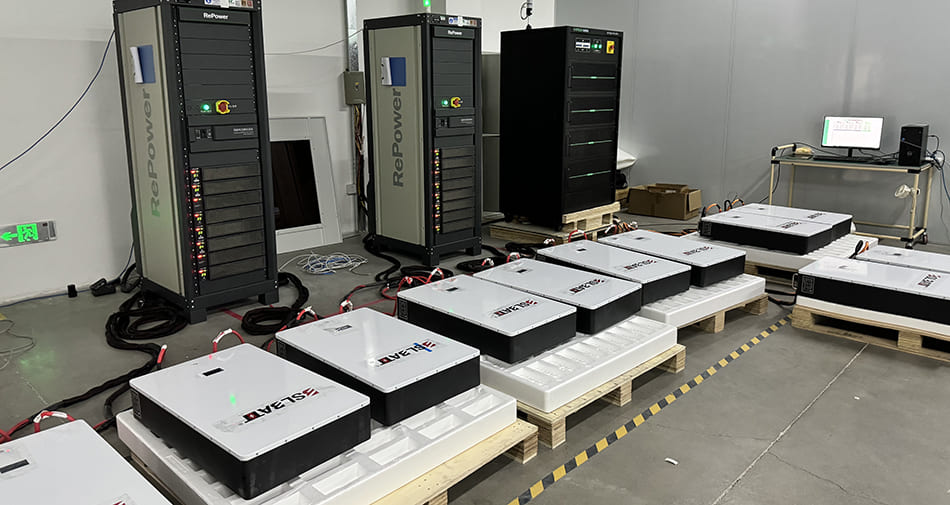When it comes to powering your home with solar energy, the battery you choose can make all the difference. But with so many options on the market, how do you know which solar battery will stand the test of time? Let’s cut to the chase – lithium-ion batteries are currently the reigning champions of longevity in the solar storage world.
These power house batteries can last an impressive 10-15 years on average, far outlasting traditional lead-acid batteries. But what makes lithium-ion batteries so durable? And are there other contenders vying for the crown of longest-lasting solar battery?
In this article, we’ll explore the fascinating world of solar battery technology. We’ll compare different types of batteries, dive deep into the factors that affect battery lifespan, and even look at some exciting new innovations on the horizon. Whether you’re a solar novice or an energy storage expert, you’re sure to learn something new about maximizing the life of your solar battery system.
So grab a cup of coffee and settle in as we uncover the secrets to choosing a solar battery that will keep your lights on for years to come. Ready to become a solar storage pro? Let’s get started!
Overview of Solar Battery Types
Now that we know lithium-ion batteries are the current kings of longevity, let’s take a closer look at the different types of solar batteries available. What are your options when it comes to storing solar energy? And how do they stack up in terms of lifespan and performance?
Lead-acid batteries: The old reliable
These workhorses have been around for over a century and are still widely used in solar applications. Why? They’re affordable and have a proven track record. However, their lifespan is relatively short, typically 3-5 years. BSLBATT offers high-quality lead-acid batteries that can last up to 7 years with proper maintenance.
Lithium-ion batteries: The modern marvel
As mentioned earlier, lithium-ion batteries are the current gold standard for solar storage. With a lifespan of 10-15 years and superior performance, it’s easy to see why. BSLBATT‘s lithium-ion offerings boast an impressive 6000-8000 cycle life, far exceeding industry averages.
Nickel-cadmium batteries: The tough guy
Known for their durability in extreme conditions, nickel-cadmium batteries can last up to 20 years. However, they’re less common due to environmental concerns and higher costs.
Flow batteries: The up-and-comer
These innovative batteries use liquid electrolytes and can theoretically last for decades. While still emerging in the residential market, they show promise for long-term energy storage.
Let’s compare some key stats:
| Battery Type | Average Lifespan | Depth of Discharge |
| Lead-acid | 3-5 years | 50% |
| Lithium-ion | 10-15 years | 80-100% |
| Nickel-cadmium | 15-20 years | 80% |
| Flow | 20+ years | 100% |
Deep Dive into Lithium-ion Batteries
Now that we’ve explored the different types of solar batteries, let’s zoom in on the current champion of longevity: lithium-ion batteries. What makes these powerhouses tick? And why are they the go-to choice for so many solar enthusiasts?
First off, why do lithium-ion batteries last so long? It all comes down to their chemistry. Unlike lead-acid batteries, lithium-ion batteries don’t suffer from sulfation – a process that gradually degrades battery performance over time. This means they can handle more charge cycles without losing capacity.
But not all lithium-ion batteries are created equal. There are several subtypes, each with its own advantages:
1. Lithium Iron Phosphate (LFP): Known for its safety and long cycle life, LFP batteries are a popular choice for solar storage. BSLBATT’s LFP solar batteries, for example, can last up to 6000 cycles at 90% depth of discharge.
2. Nickel Manganese Cobalt (NMC): These batteries offer high energy density, making them ideal for applications where space is at a premium.
3. Lithium Titanate (LTO): While less common, LTO batteries boast an impressive cycle life of up to 30,000 cycles.
Why are lithium-ion batteries so well-suited for solar applications?
With proper care, a quality lithium-ion solar battery can last 10-15 years or more. This longevity, combined with their superior performance, makes them an excellent investment for your solar system.
But what about the future? Are there new battery technologies on the horizon that could dethrone lithium-ion? And how can you ensure your lithium-ion battery reaches its full lifespan potential? We’ll explore these questions and more in the coming sections.
Conclusion and Future Outlook
As we wrap up our exploration of the longest-lasting solar batteries, what have we learned? And what does the future hold for solar energy storage?
Let’s recap the key points about lithium-ion batteries’ longevity:
- Lifespan of 10-15 years or more
- High depth of discharge (80-100%)
- Excellent efficiency (90-95%)
- Low maintenance requirements
But what’s on the horizon for solar battery technology? Are there potential advancements that could make today’s lithium-ion batteries obsolete?
One exciting area of research is solid-state batteries. These could offer even longer lifespans and higher energy densities than current lithium-ion technology. Imagine a solar battery that could last 20-30 years without significant degradation!
Another promising development is in the realm of flow batteries. While currently more suited for large-scale applications, advancements could make them viable for residential use, offering potentially unlimited lifespans.
What about improvements to existing lithium-ion technology? BSLBATT and other manufacturers are constantly innovating:
- Increased cycle life: Some newer lithium-ion batteries are approaching 10,000 cycles
- Better temperature tolerance: Reducing the impact of extreme climates on battery life
- Enhanced safety features: Minimizing risks associated with battery storage
So, what should you consider when setting up your solar battery system?
1. Choose a high-quality battery: Brands like BSLBATT offer superior longevity and performance
2. Proper installation: Ensure your battery is installed in a temperature-controlled environment
3. Regular maintenance: Even low-maintenance lithium-ion batteries benefit from periodic check-ups
4. Future-proofing: Consider a system that can be easily upgraded as technology advances
Remember, the longest-lasting solar battery isn’t just about the technology – it’s also about how well it fits your specific needs and how you maintain it.
Are you ready to make the switch to a long-lasting solar battery setup? Or perhaps you’re excited about future advancements in the field? Whatever your thoughts, the future of solar energy storage looks bright indeed!
Frequently Asked Questions.
1. How long does a solar battery last?
The lifespan of a solar battery depends largely on the type of battery. Lithium-ion batteries typically last 10-15 years, while lead-acid batteries typically last 3-5 years. High-quality lithium-ion batteries, such as those from BSLBATT, can last even 20 years or more with proper maintenance. However, the actual lifespan is also affected by usage patterns, environmental conditions and quality of maintenance. Regular inspections and proper charge/discharge management can significantly extend battery life.
2. How to extend the life of solar batteries?
To extend the life of solar batteries, please follow these recommendations.
- Avoid deep discharging, try to keep it in the range of 10-90% discharge depth.
- Keep the battery in the proper temperature range, usually 20-25°C (68-77°F).
- Use a high quality Battery Management System (BMS) to prevent overcharging and over-discharging.
- Perform regular inspections and maintenance, including cleaning and connection checks.
- Choose a battery type that is suitable for your climate and usage pattern.
- Avoid frequent rapid charge/discharge cycles
Following these best practices can help you realize the full life potential of your solar batteries.
3. How much more expensive are lithium-ion batteries than lead-acid batteries? Is it worth the extra investment?
The initial cost of a lithium-ion battery is typically two to three times higher than a lead-acid battery of the same capacity. For example, a 10kWh lithium-ion system may cost US$6,000-8,000 compared to US$3,000-4,000 for a lead-acid system. However, in the long run, lithium-ion batteries are generally more cost-effective.
The following factors make lithium-ion batteries a worthwhile investment.
- Longer life (10-15 years vs. 3-5 years)
- Higher efficiency (95% vs. 80%)
- Deeper depth of discharge
- Lower maintenance requirements
Over a 15-year lifespan, the total cost of ownership of a lithium-ion system is likely to be lower than that of a lead-acid system, which requires multiple replacements. In addition, the better performance of lithium-ion batteries can provide a more reliable power supply and greater energy independence. The additional upfront cost is often worth it for long-term users who want to maximize the return on their solar investment.
Post time: Oct-28-2024











